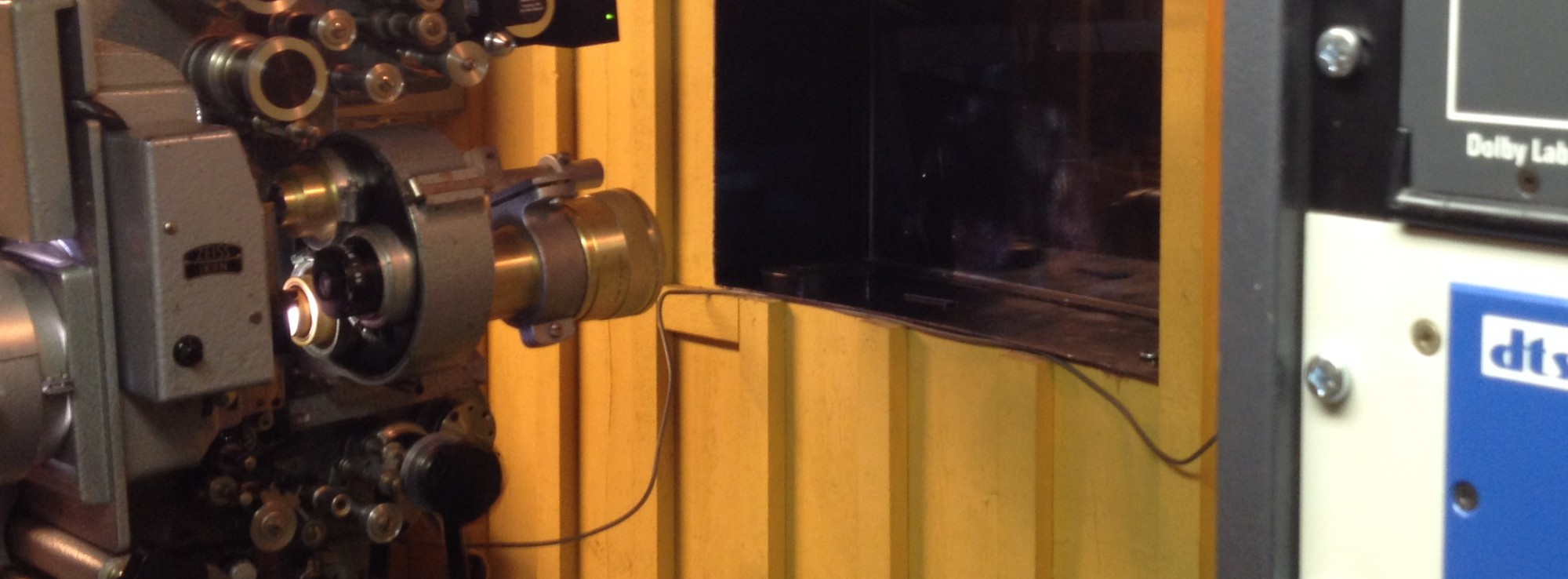The 36th edition (actually the 35th, but that’s another story) of the Göteborg International Film Festival started yesterday. I’ve been running projectors for the festival since 1987 and since 1990 as the projectionist at the festival’s main auditorium, the Draken.
This year (and to some extent, last) is different from every other year.
When I did my first year at the Draken, out of around 50 feature film prints most were in 35mm. Those that weren’t–I’m guessing one or two, without bothering to check the actual figures–were in 16mm. One (1) had stereo sound. All of the others were in mono.
This changed rapidly. In only a few years, all prints, excepting, perhaps, an occasional third-world effort, had stereo soundtracks. By 2000, several used Dolby Digital, Dolby’s six-channel digital sound.
And by 2010, all had Dolby Digital, excepting restored archive prints from bygone days, screened as parts of retrospectives and such.
When the digital sound arrived, we didn’t really consider it to be a revolution. Better sound, sure, but revolution, no. The prints were still in 35mm, handled about the same as always by the projectionists and causing the people who carried them from one cinema to the next bad backs and strained muscles. 35mm prints are heavy and carrying them around for ten days will cause you grief.
Last year, though, they installed a digital projector in my projection booth. Most films were still in 35mm, but I also ran a dozen or so shows digitally, many of them shorts. I’d upload a digital file from a hard drive to the server housed with the projector, “program” the show by dragging and dropping film clips, including the feature film itself, to a flow chart-like user interface on a flat screen, and finally click on Play when given the go ahead signal from the ushers.
The 35mm prints, on the other hand, are (and have been, for the last several decades) assembled from the six or so reels they arrive on to (usually) two larger ones. Those are then threaded into large projectors and handled manually, with a “change-over” taking place in the middle of the screening, hopefully invisible to the patrons.
Times, they are a-changin’.
Last year was just a mere warning of things to come, though. This year, the festival will be halfway over when I finally get to run my first 35mm print, and I’m only expecting four or five more of them.
But worse in some (to me) ever-so-subtle way is that they no longer provide us with a 35mm festival vignette to be spliced onto the first reel before shows. There are still a few 35mm prints, yes, but there are very few labs left to make them. One of the festival techs mentioned to me that he’d given up the idea after some research.
We had no vignettes when I worked my first festival in 1987, either. That was because the festival could not afford to make them. Now, 26 years later, they’d probably be too expensive to make, again. It doesn’t feel like a full circle to me, but I guess maybe it is.
Worst, however, is that with the death of the 35mm format follows the death of a century-old profession, that of the projectionist. We are being replaced by IT people, people who know their way around a computer. A colleague who’s been in the business since 1970 has real trouble using his new equipment at another festival cinema. He knows how to run a show but doesn’t realise that you can “click” on weird symbols on a screen to access functions he needs. A window to him is something you draw the blinds on during shows, a mouse a living thing and a menu something posh restaurants give you.
In only a year or two, we are not only no longer needed, what we do now can be done by IT people from home.
And that’s more than a little sad.
